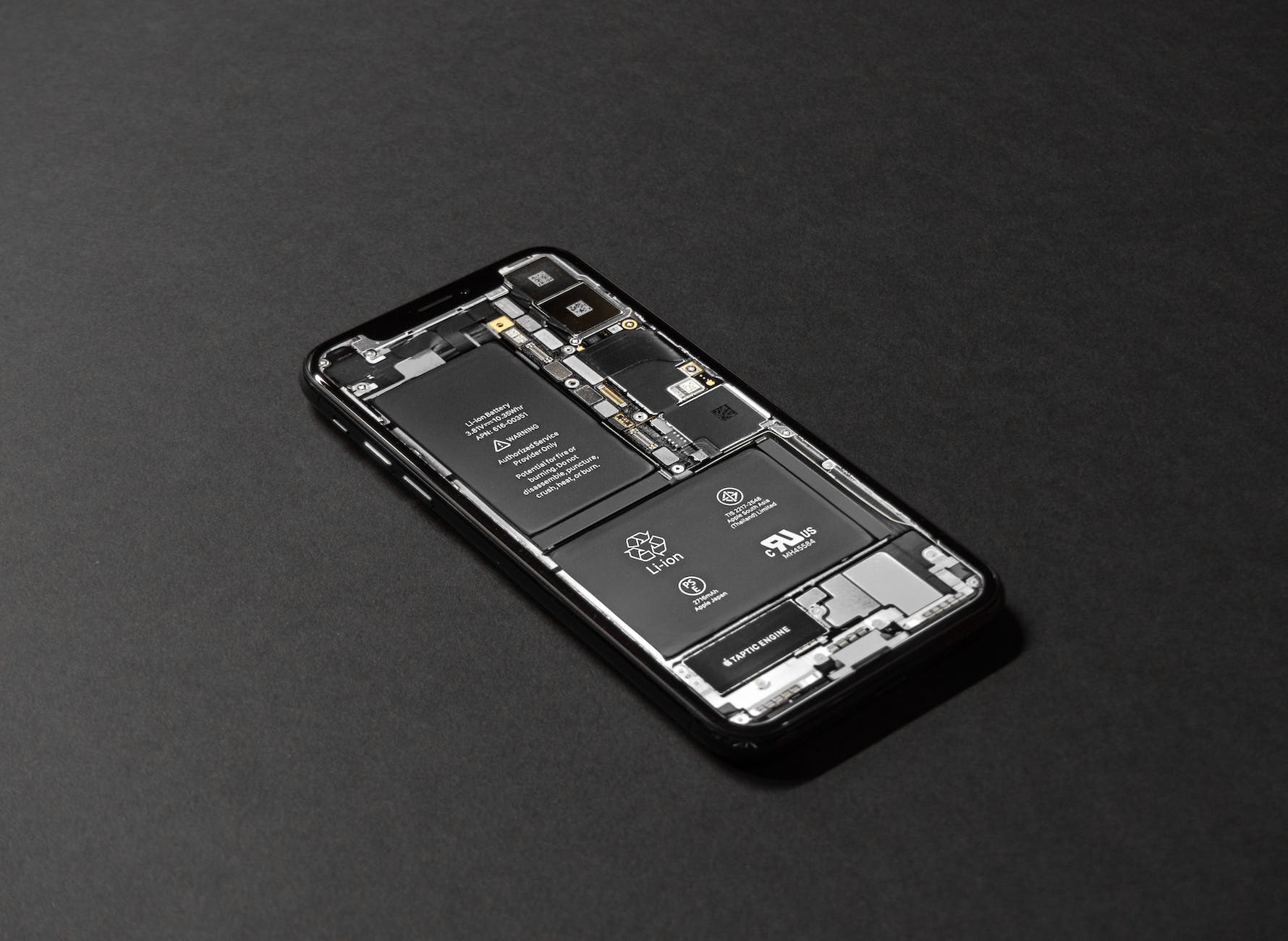A high-temperature thermal energy storage (HT-TES) system has been developed in Denmark, which stores thermal energy (heat) in stones and recovers it during low-wind periods. The concept works by using surplus wind power to generate hot air, which is then passed through an insulated container filled with small black stones to heat them up to 600 degrees. Upon retrieval, the heat is used to generate electricity, while residual heat is supplied to district heating systems.
Stones can retain heat for a relatively long time. However, their heat capacity isn’t the greatest. Despite that, how long they can store heat is key, as any thermal energy storage medium is going to cool off eventually. The density of the stones is probably helpful as well.
The pilot facility testing the system is located in Denmark and was constructed by energy company SEAS-NVE, Niras, and DTU Technical University in collaboration with partners at Risø Campus, including:
A key benefit of this low-tech approach to storing renewable energy is the fact that stones don’t have to be repaired, greased, or replaced regularly like many alternatives. They can also last longer than batteries (greater than 30 years). The other benefit — the ability to store heat for a long time may come with a caveat, which is the poor thermal conductivity of stones. Nevertheless, what matters most is whether or not it works and is efficient.
The amount of renewable energy that can be stored at each of these HT-TES sites ranges from 1-500 MWh, and the price per unit of stored energy for the concept is estimated to be DKK 300 ($46) per kWh. If I was to make a personal guess, this system could be highly scalable (it could be as simple as a bigger hole, more rocks, more hot air, and a larger heater). This renewable energy storage system has been activated and we’ll see how well it works soon enough!






